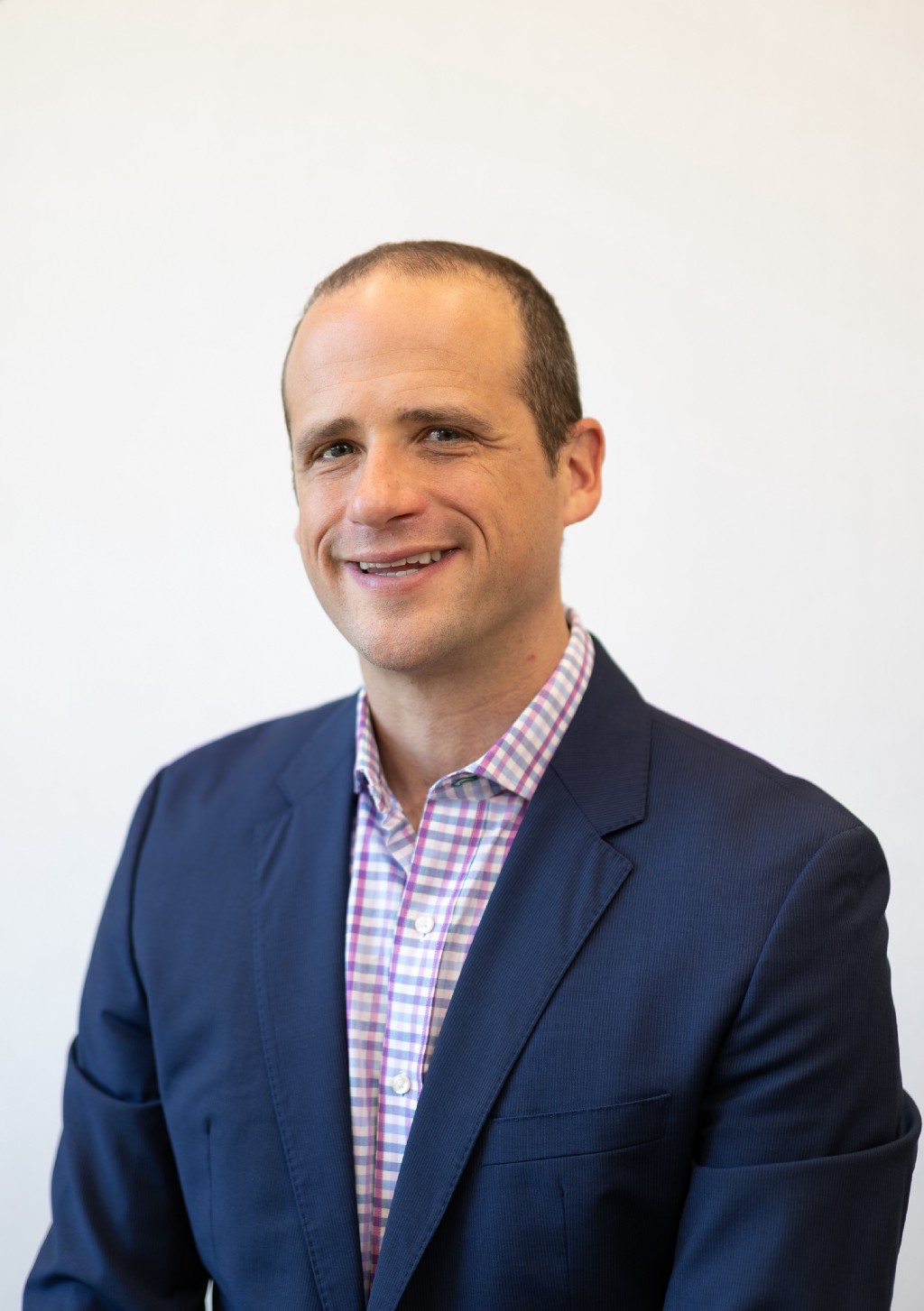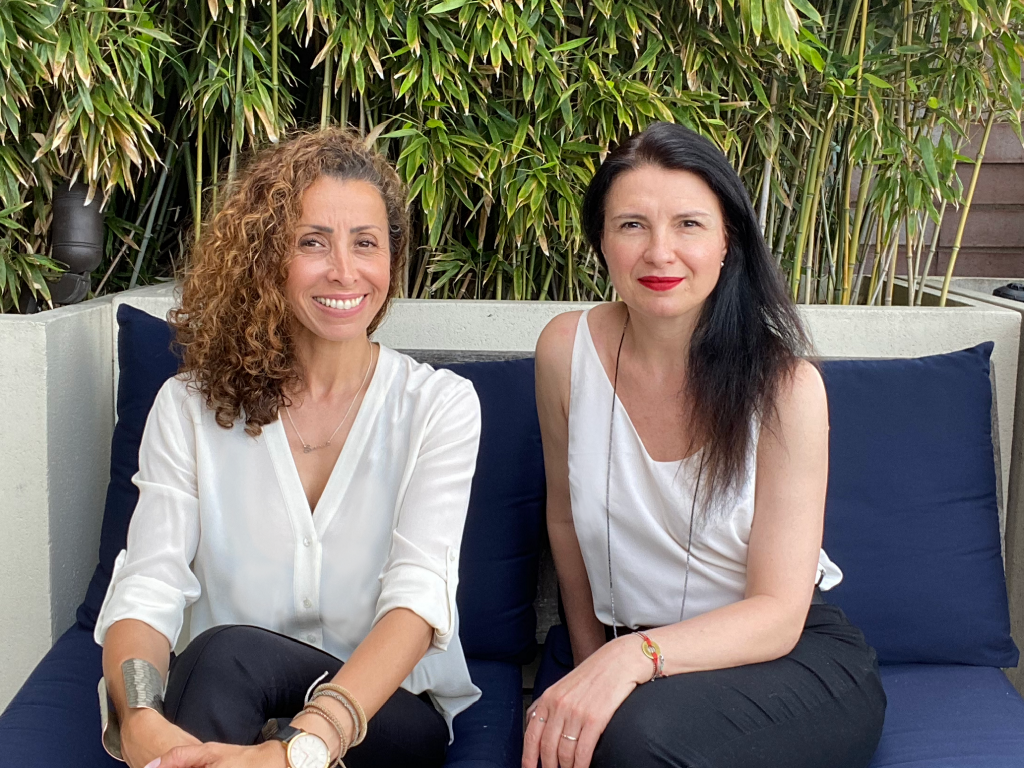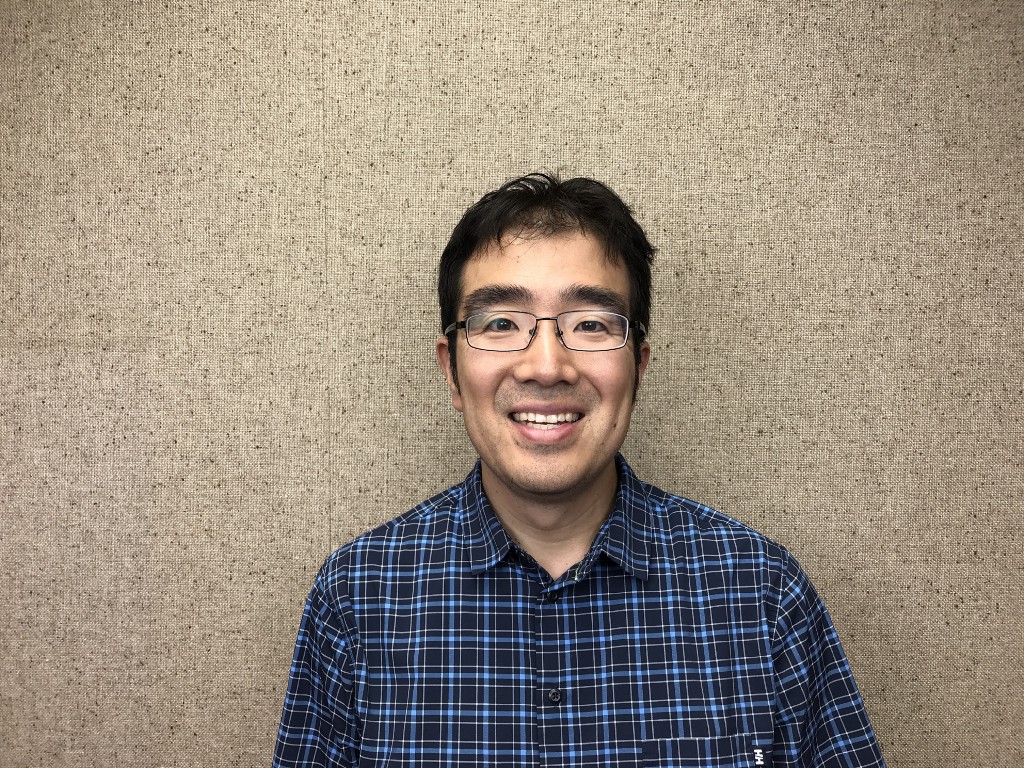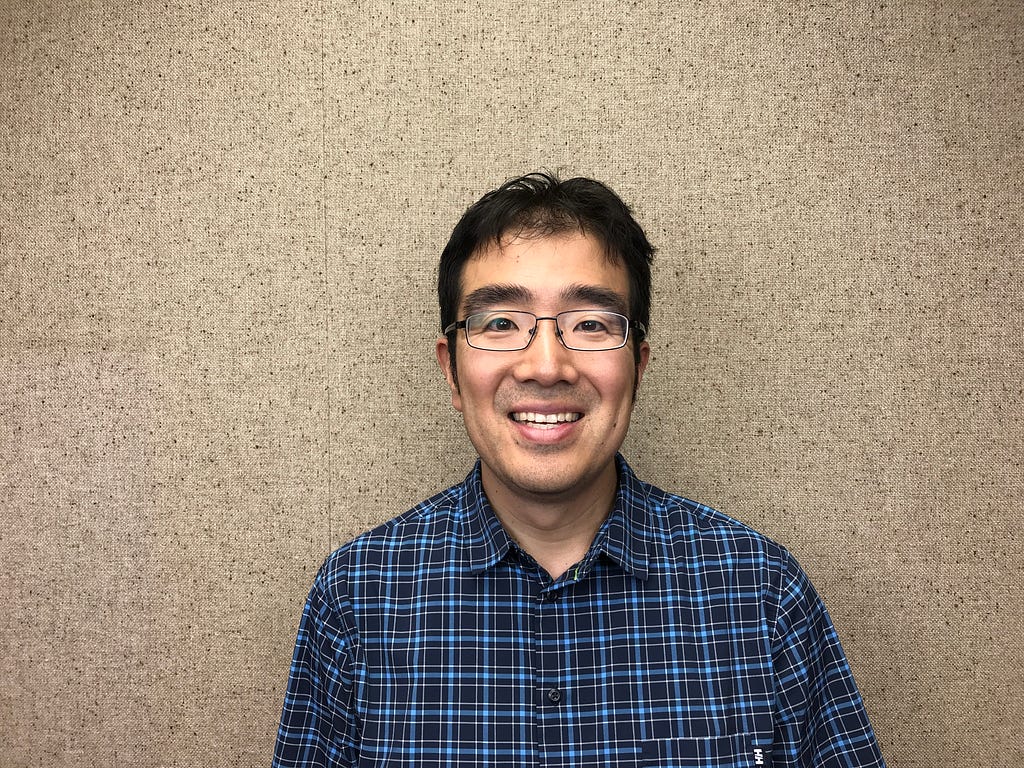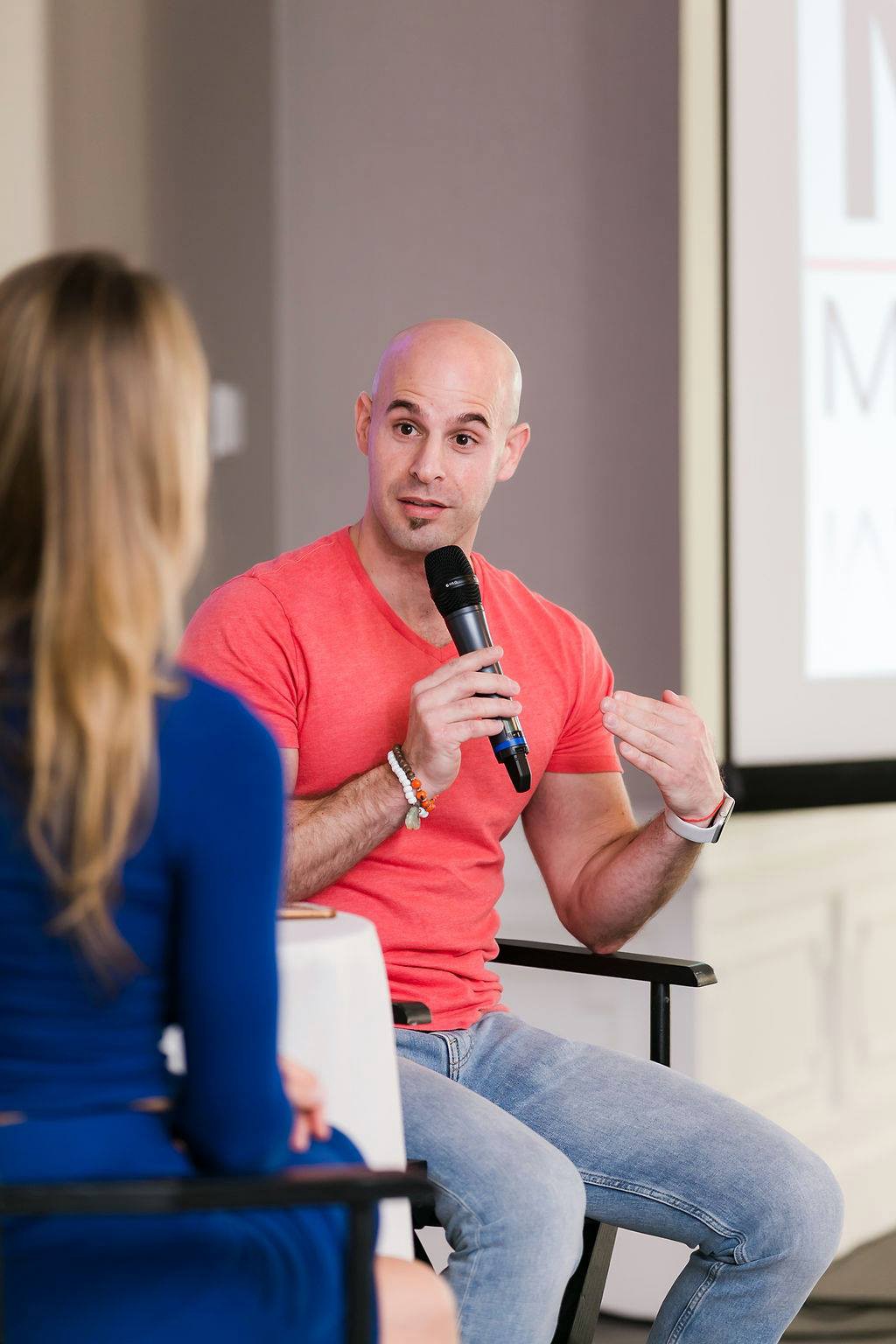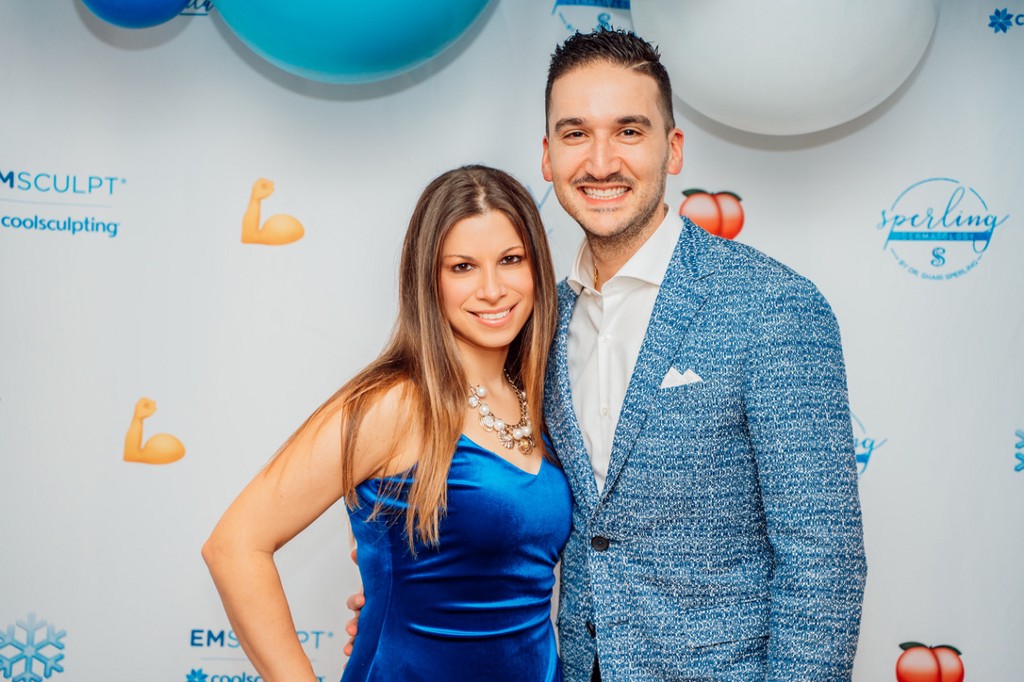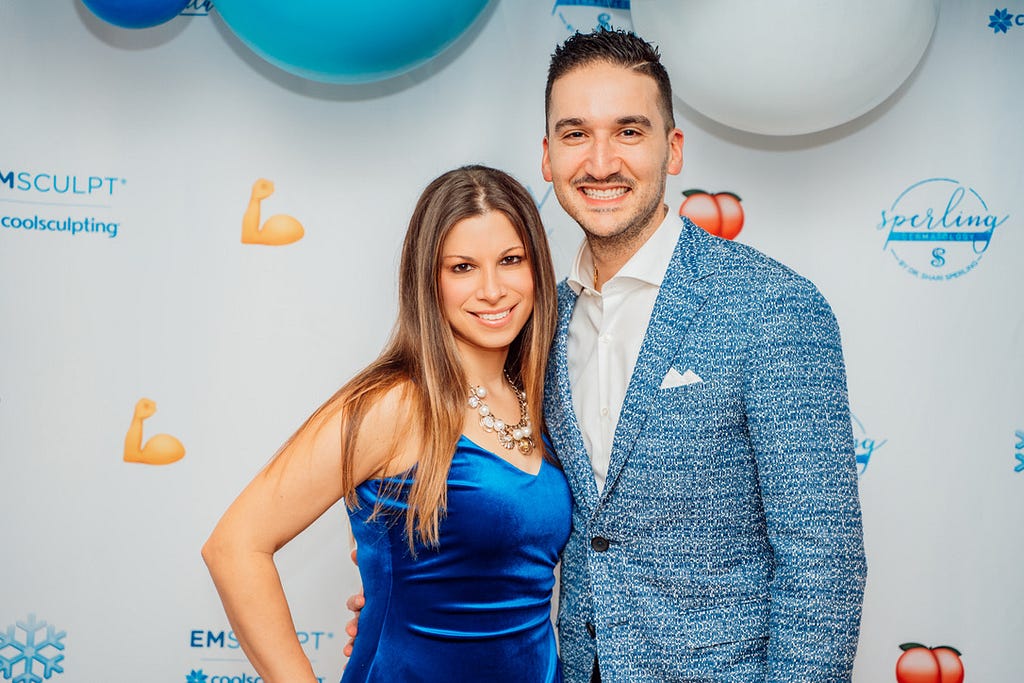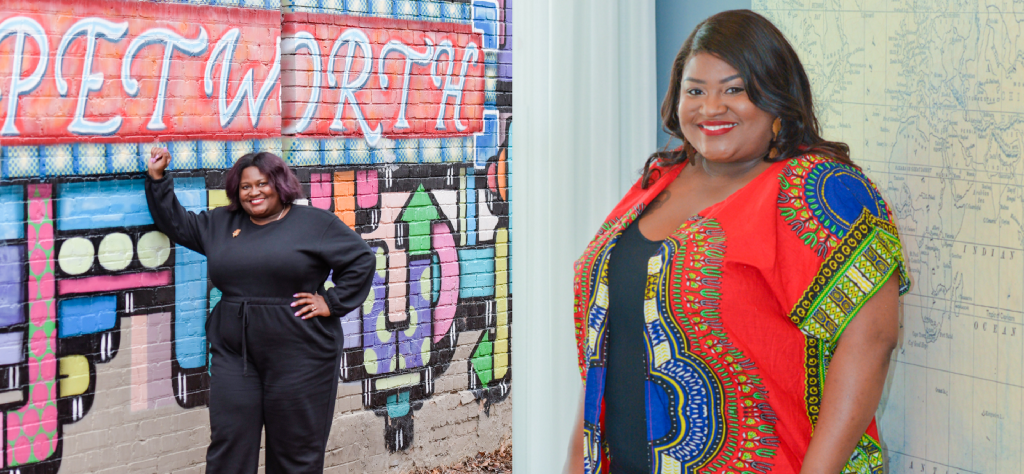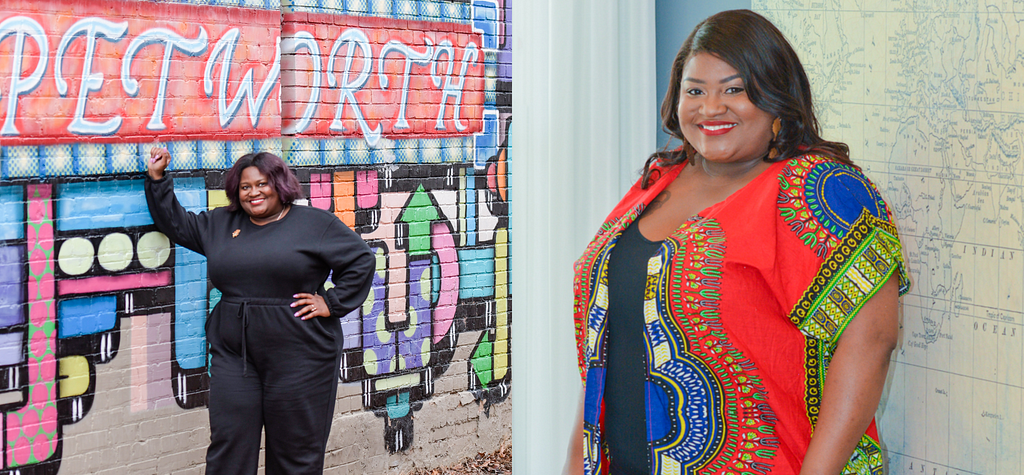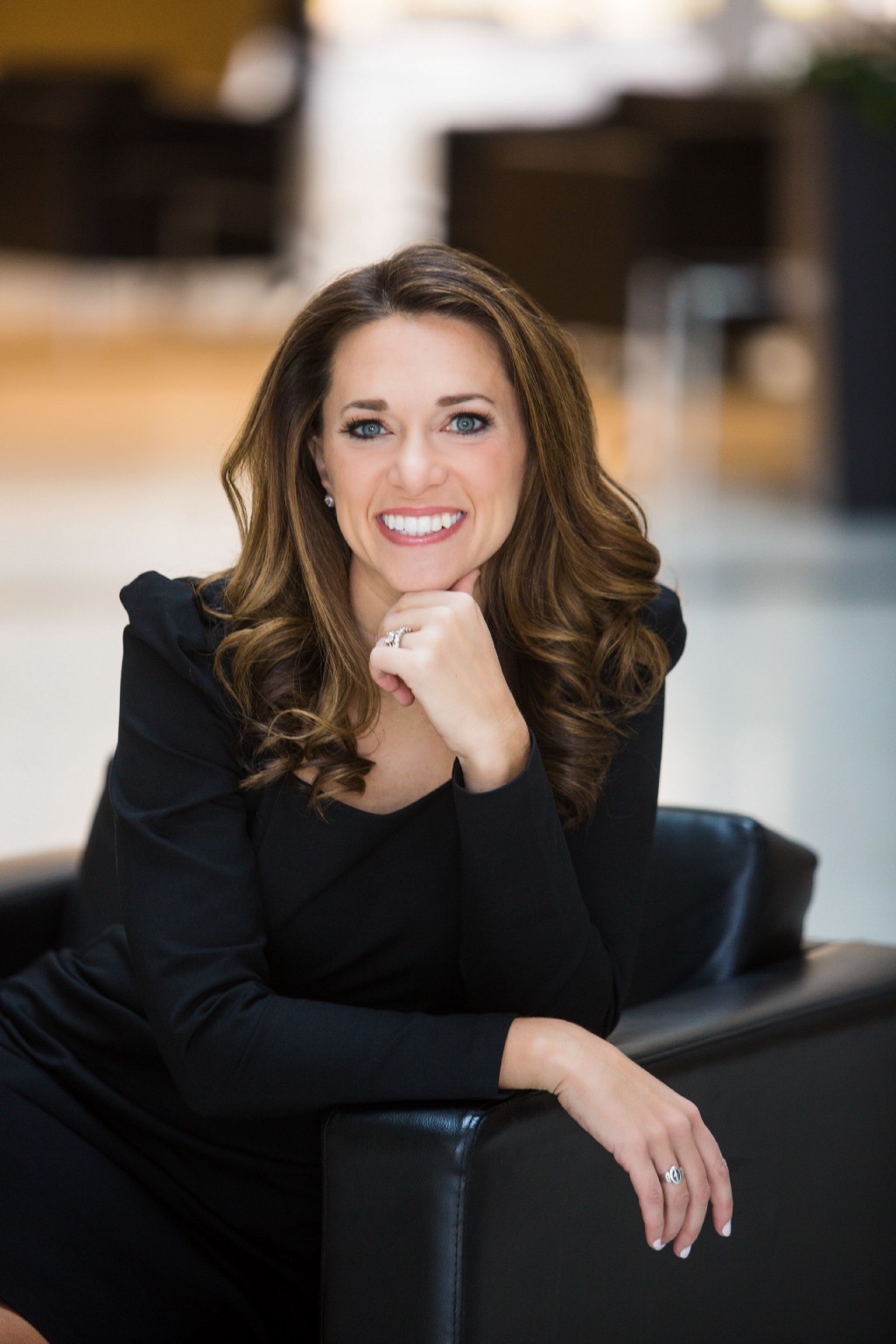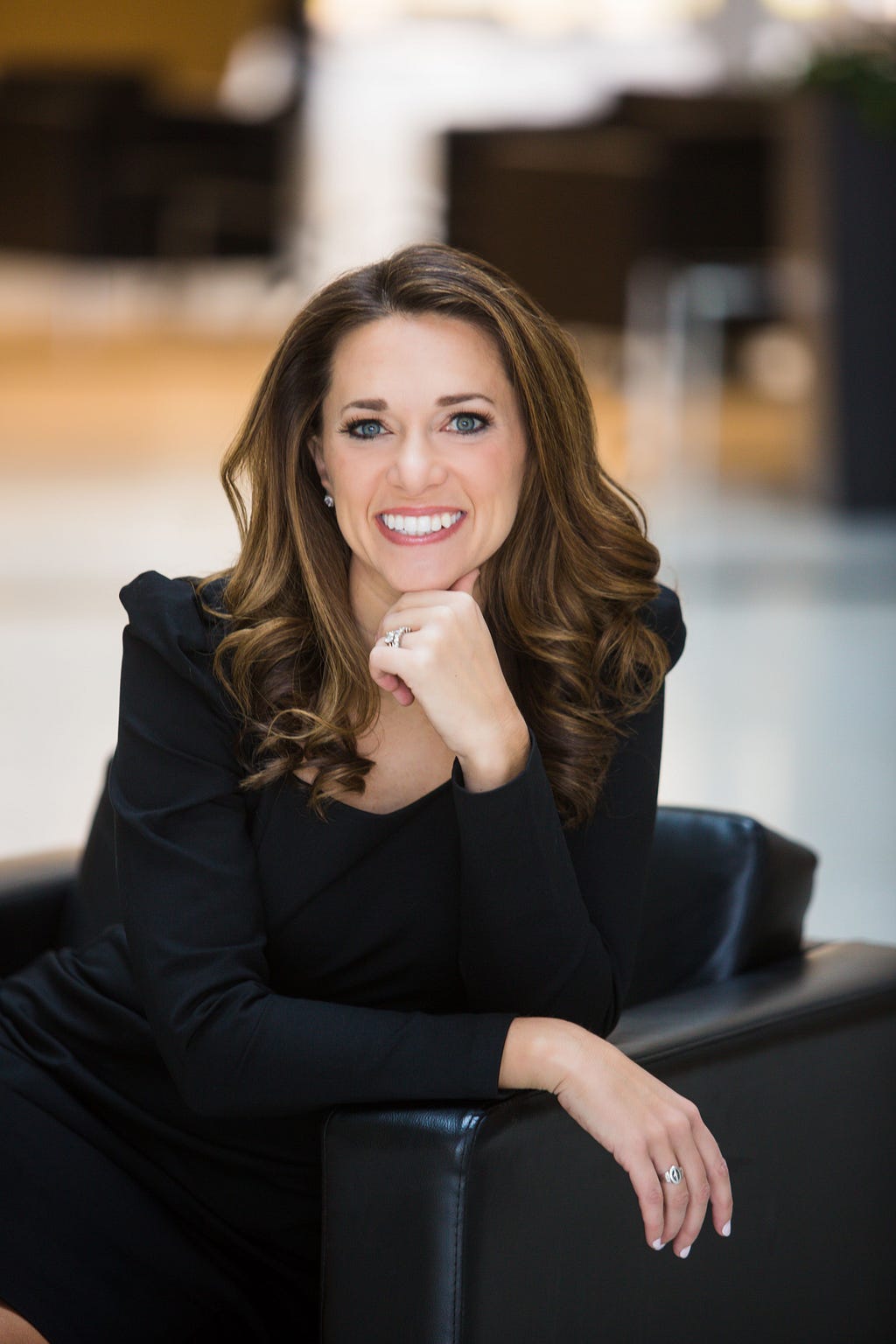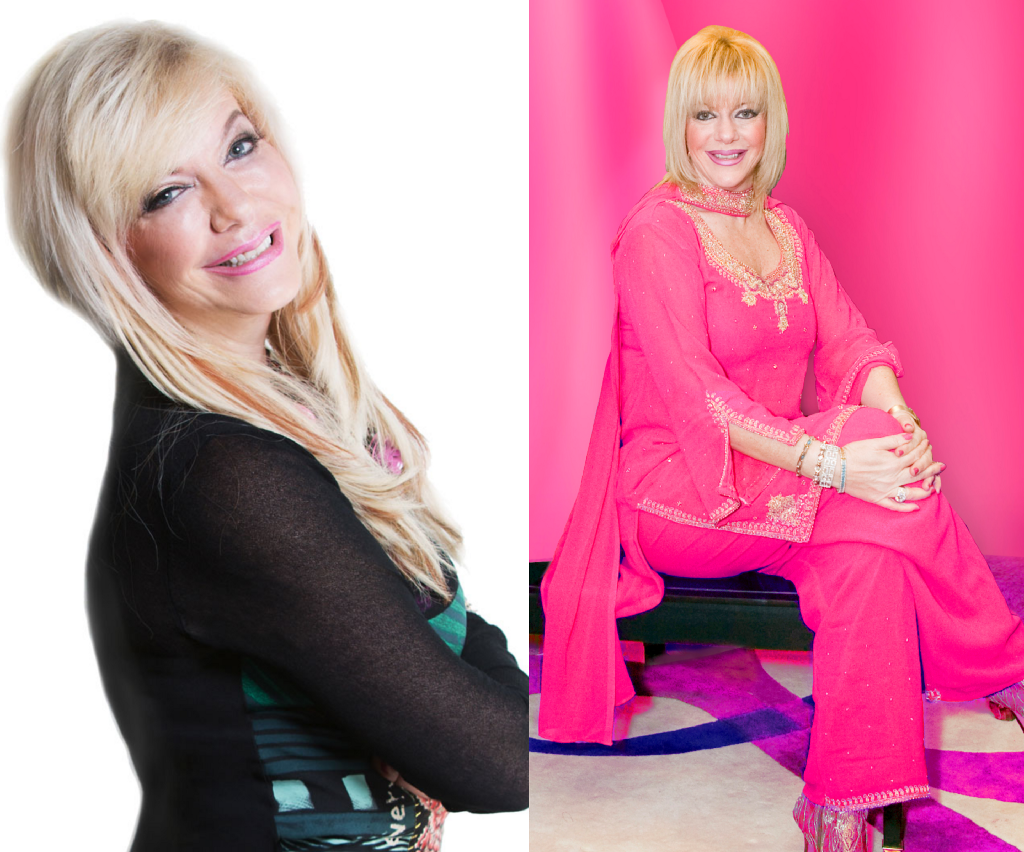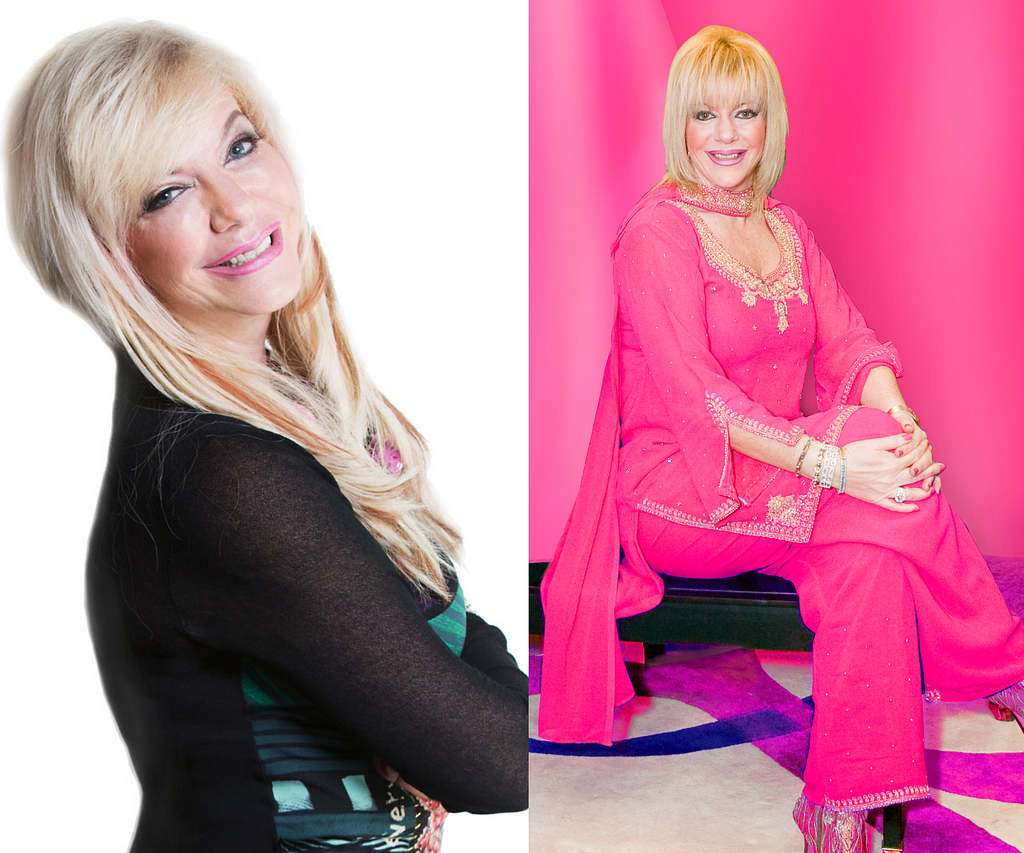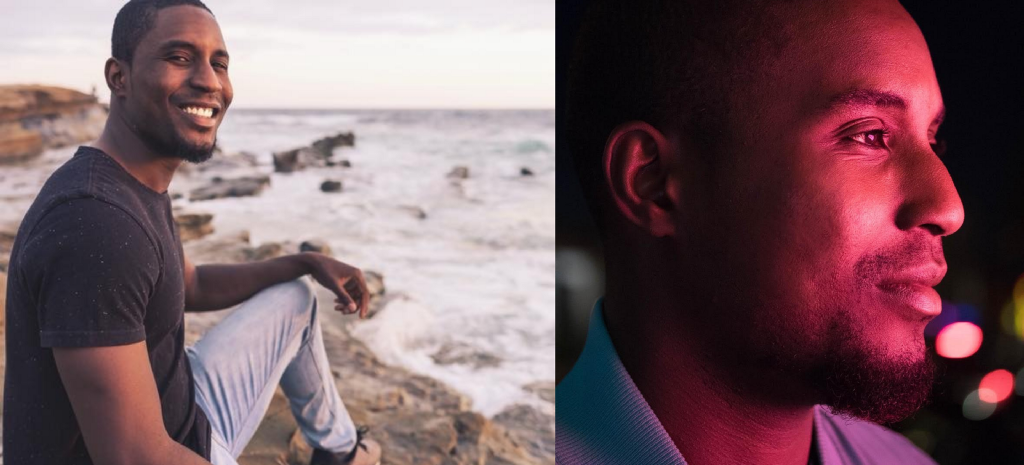The Future Of Beauty: The Future of Beauty is Personalization, with Dr. Brandon Kirsch of ClearifiRx.com
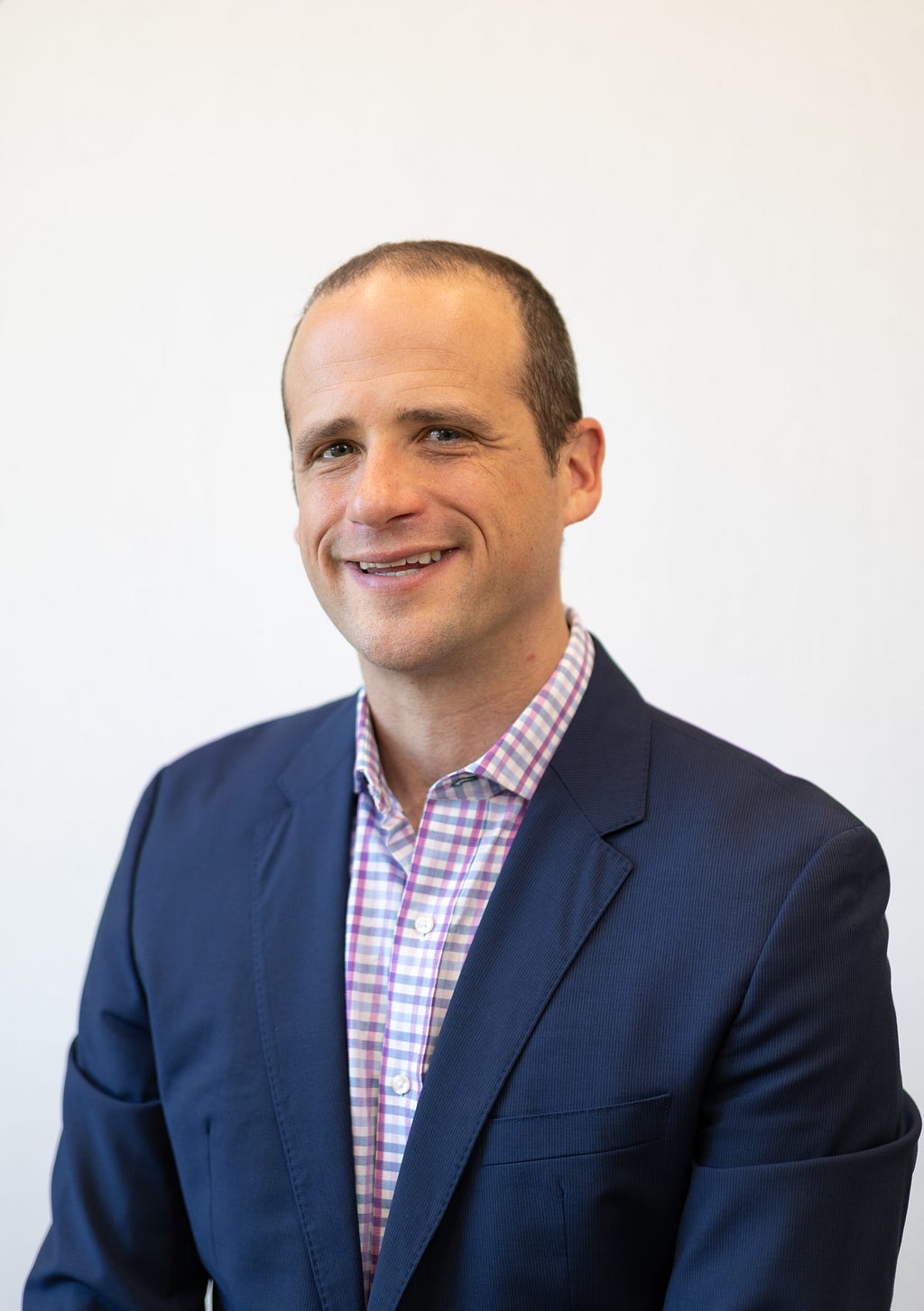
The first thing that excites me is the opportunity to make a meaningful difference with minimally invasive office and home-based treatments. I like to think of meaningful difference as the “man on the street” test. If you were to ask 10 people the age of someone, what would they say? Over the past 10–20 years we have developed dozens of extraordinary tools to make people look younger and more beautiful.
As a part of our series about how technology will be changing the beauty industry over the next five years, I had the pleasure of interviewing Dr. Brandon Kirsch.
Dr. Brandon Kirsch’s work spans the worlds of dermatology, technology, business and law. He is a board-certified dermatologist who started his career as a lawyer and holds law degrees from the University of Western Ontario (LL.B.) and Georgetown University (LL.M. Securities and Financial Regulation). He completed medical school at Brown University, an internship at the Mayo Clinic and dermatology residency at the University of North Carolina.
Dr. Kirsch is the President and Chief Executive Officer at ClearifiRx.com, a dermatologist-led online platform providing personalized prescriptions to treat skin conditions. Dr. Kirsch also serves as Chief of Dermatology for the Naples Community Hospital and is the founder of Kirsch Dermatology in Naples, Florida. He was previously an Assistant Clinical Professor of Dermatology at the University of Colorado and Medical Director and Vice President of Clinical Development at Brickell Biotech, Inc. At Brickell, Dr. Kirsch provided leadership and strategic direction for the clinical science team. In his role, he had primary responsibility for overseeing development programs from late preclinical to registration Phase 3 randomized studies.
Thank you so much for doing this with us! Before we dive in, our readers would love to learn a bit more about you. Can you tell us a story about what brought you to this specific career path?
Great question! I was working as a corporate lawyer in the London office of the law firm Shearman & Sterling. Someone won a record-breaking Powerball lottery back home in the US and it was all over the news. It got me thinking about what I would do with that kind of money. After dreaming of a two-week vacation to Tahiti, it occurred to me what I really wanted was to become a doctor. And then I realized: I don’t need all the money in the world to do that — so I resigned and went back to school.
Can you share the most interesting story that happened to you since you began your career?
While I was in training at the Mayo Clinic, a senior attending physician of mine sat me down and told me that I was the worst resident he had seen. He asked me if I had ever been tested for a learning disability. That was humbling. It wasn’t deserved but it wasn’t unwarranted either. It certainly motivated me to work harder. In retrospect, given the outstanding talent of Mayo Clinic residents, he could have given a worse criticism. I like that story because it is easy to forget the amount of failure that is needed to succeed.
Are you able to identify a “tipping point” in your career when you started to see success? Did you start doing anything different? Are there takeaways or lessons that others can learn from that?
There were a lot of times during pre-med and medical school when I thought to myself that learning this stuff might be impossible. I was twenty-seven and I hadn’t taken math or science since the eleventh grade. I would open up a book on calculus or organic chemistry or anatomy and it might as well have been in Sanskrit. I read those books until the pages fell out. I did calculus in my dreams. The tipping point for me was simply realizing that you can succeed just by never giving up.
None of us are able to achieve success without some help along the way. Is there a particular person to whom you are grateful who helped get you to where you are? Can you share a story about that?
Dr. Lionel Bercovitch, a pediatric dermatologist at Brown University. I first met Dr. Bercovitch while I was a medical student. It was Dr. Bercovitch who introduced me to dermatology. I remember watching him provide the most brilliant and compassionate care and thinking, I want to be like Dr. Bercovitch! He recognized dermatology as my calling before I did and he has supported me through my career, including advising me to “lose the tan” prior to my residency interviews. There is no way I would have become a dermatologist without him (or met my wife… but that’s an entirely different story).
Ok super. Let’s now shift to the main part of our discussion. The beauty industry today has access to technology that was inconceivable only a short time ago. Can you tell us about the “cutting edge” (pardon the pun) technologies that you are working with or introducing? How do you think that will help people?
The future of beauty is personalization. At ClearifiRx.com, which I co-founded with three other dermatologists, we are relying on several new technologies to tailor dermatologic treatments to each patient, as well as to adapt treatment plans based on individual response.
Analyzing treatment response at the individual level represents a relatively recent paradigm shift in the practice of medicine. ClearifiRx is building a foundation to apply the principles of precision medicine to beauty through the use of virtual visits, biological databases and the application of computational tools for analyzing large sets of data. This has the potential to democratize accessibility to world-class, expert-level care and substantially improve treatment outcomes.
Keeping “Black Mirror” and the “Law of Unintended Consequences” in mind, can you see any potential drawbacks about this technology that people should think more deeply about?
Clearly, the practice of truly effective precision medicine requires the collection of a lot of detailed personal information from many people. There are ample opportunities for the misuse of that data, which has a tremendous amount of commercial value.
Can you share 3 things that most excite you about the “beauty-tech” industry?
The first thing that excites me is the opportunity to make a meaningful difference with minimally invasive office and home-based treatments. I like to think of meaningful difference as the “man on the street” test. If you were to ask 10 people the age of someone, what would they say? Over the past 10–20 years we have developed dozens of extraordinary tools to make people look younger and more beautiful. Cosmetic Botox, a relative dinosaur now, is less than 20 years old. The second thing is the focus on individualized care. It has taken us a long time to recognize that a one-size-fits all approach to beauty doesn’t make sense. In this regard, the expectations of the public are shifting, and this will lead to better therapeutic results. The third thing is the scale of effort. We are seeing phenomenal industry growth, which has led to corresponding investments in research and development. Those efforts are definitely starting to yield dividends. For example, at ClearifiRx we are working to leverage emerging third-party artificial intelligence technologies, as well as visual recognition software, with the expertise of leading dermatologists to optimize treatment regimens.
Can you share 3 things that most concern you about the industry? If you had the ability to implement 3 ways to reform or improve the industry, what would you suggest?
First, there is an enormous amount of “snake oil” in the beauty industry. We are surrounded by endless marketing appeals based on the most superficial of scientific claims. Second, there is an ingrained perception that more expensive is better. Ironically, the opposite is often the case. The large companies with the most scale tend to do the best research and the best job formulating their products. In other words, the $10 moisturizer and sunscreen at your local pharmacy is probably at least as good, if not better, than the $200 version. Third, the beauty industry seems to intentionally promote unrealistic aesthetic benchmarks. What we see in the majority of advertisements are the most naturally beautiful people in the world under special lighting, with professional makeup, after photo retouching. Somehow this has become the standard for beauty and as a result very few people can feel good about themselves. Reforming the beauty industry really comes down to demanding more honesty, transparency and authenticity.
You are an expert about beauty. Can you share 5 ideas that anyone can use “to feel beautiful”? (Please share a story or example for each.)
1.Do good. I think it is fairly obvious that a lot of beauty radiates from the inside out. The fastest way to feel beautiful from the inside is to help someone else. There is nothing more beautiful than a genuine smile.
2. Exercise. Staying in shape is critical to feeling beautiful. Sweat itself is good for your skin. It is also well known that exercise reduces stress and decreases inflammation throughout your body. This all leads to a brighter and clearer complexion.
3. Diet. Many delicious and wholesome foods contribute to a skin-healthy diet. Nutrient-rich foods help support healthy skin and combat various skin problems, along with boosting your overall health, wellness and energy levels. Along with nutritious foods, drinking lots of water promotes the appearance of a youthful and radiant skin.
4. Rest. Everyone needs their beauty sleep! Frequently, we look tired because we are, in fact, tired. You are also are more likely to make poor diet choices and put off exercising when you are not adequately rested.
5. Words of affirmation. You won’t feel beautiful unless you believe you are beautiful. Based on my experience with thousands of patients, I can tell you with near 100% certainty that you are your own worst critic. That pimple you can’t stop staring at… nobody else even notices. Look in the mirror at least once daily and tell yourself that you are beautiful. Telling yourself you are beautiful is the first step to believing it.
You are a person of great influence. If you could inspire a movement that would bring the most amount of good to the most amount of people, what would that be? You never know what your idea can trigger. 🙂
Sadly, we have a real shortage of honesty and authenticity in the beauty industry. I’d like to see a commitment to limiting claims to those based on good scientific evidence. It would also be nice to see more authentic images that do not promote unrealistic expectations.
Can you please give us your favorite “Life Lesson Quote”? Can you share how that was relevant to you in your life?
Impossible is not a fact. It’s an opinion. Muhammad Ali
It has been a sort of a guiding principle to me that if you work hard enough, anything is possible. There have been so many amazing accomplishments that were once thought to be impossible. I think it is best to dream big and then to worry later about how to make those dreams a reality.
How can our readers follow you online?
www.clearifirx.com and @clearifirx on Facebook
Instagramwww.kirschderm.com
@kirschderm on Facebook and Instagram
LinkedIn: https://www.linkedin.com/in/brandon-kirsch-md-llb-llm-3b5417111/
Thank you so much for joining us. This was very inspirational.
The Future Of Beauty: The Future of Beauty is Personalization, with Dr Brandon Kirsch of ClearifiRx was originally published in Authority Magazine on Medium, where people are continuing the conversation by highlighting and responding to this story.


